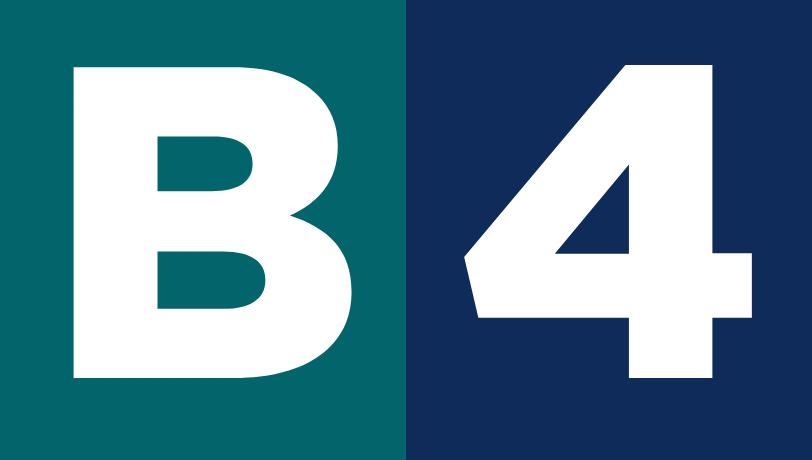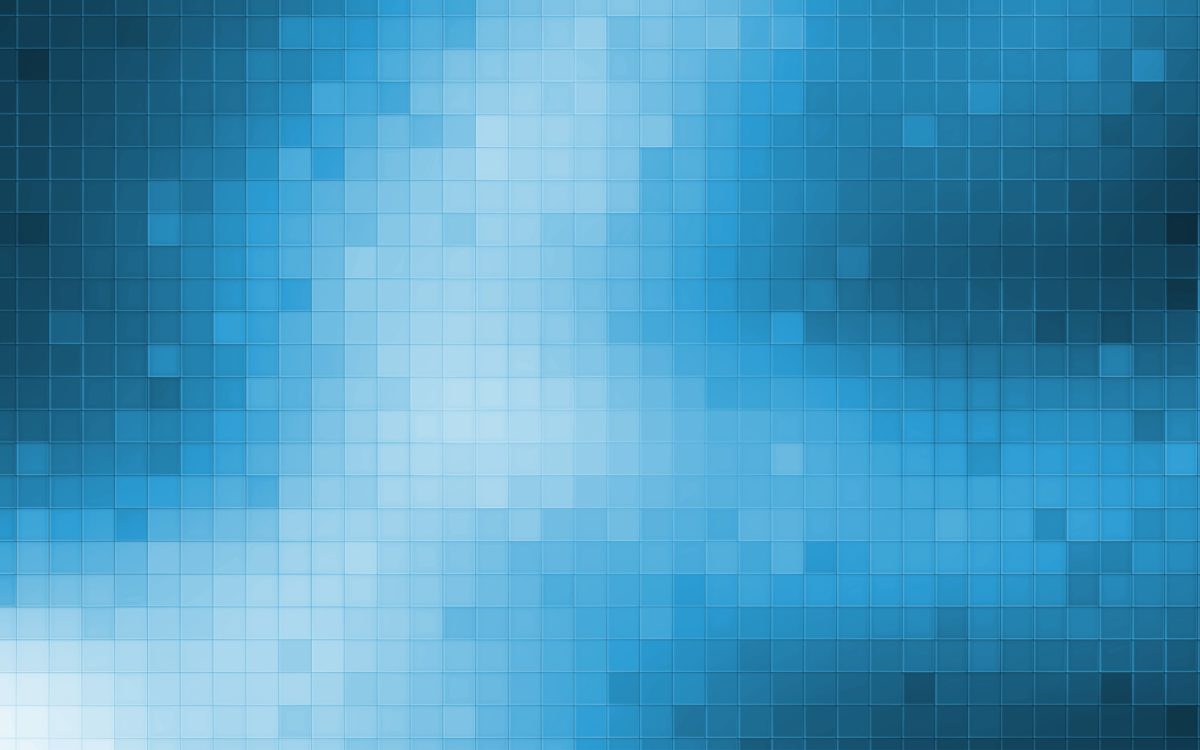
A guide to resolution
OR, why we ask for a bigger picture from you! This brief guide will (hopefully) explain why we can’t use certain images for print, and what this Image Resolution thing is all about. We want you to look your best.
Example 1: Images taken from websites (not good!)
Let’s say you have a space in a magazine that is 254mm x 203.2mm (3000 x 2400 pixels) landscape (imagine a typical 10 x 8 photograph).
In a perfect world, and for your image to be usable for this space, it would need to have dimensions of at least 3000 x 2400 pixels or more, and with an image resolution of 300dpi.
In our first example (right) we are given an image that is 352mm x 282mm (1000 x 800 pixels) at 72dpi. Looks big on screen doesn’t it? Its resolution at its current size is not ok for print though. SO in order to get the resolution to where we need it, which is 300dpi, we would have to shrink this image on the page. IF we shrink to acheive the required resolution, this image would end up only 85mm x 68mm (322 x 257 pixels). Although it would be the correct resolution, it’s obviously to small for the space.
We ask you for a bigger picture!
example 2: Image too small (not good!)
Let’s say again you have a space in a magazine that is 254mm x 203.2mm (3000 x 2400 pixels) landscape.
In our second example to the left we are given an image that is 152mm x 122mm (1100 x 880 pixels) at 300dpi. So its resolution at its current size is fine, BUT we need to fill the magazine space, so the image would need to be stretched. IF we stretch the image to the required dimension of the magazine space 3000 x 2400 pixels, the resolution of the image will drop, the image would be the correct dimensions 3000 x 2400 pixels, but by stretching it, you will have lost image clarity and the resolution will have fallen to 180dpi, not usable for print and pixelation would occur on the picture. We don’t want that.
We ask you for a bigger picture!
Example 3: Image too big (perfect!)
Let’s say again you have a space in a magazine that is 254mm x 203.2mm (3000 x 2400 pixels) landscape.
In the third example below we are given an image that is 4000 x 3200 pixels at 200dpi so bigger dimensions but lower resolution than needed for print, BUT to fill the space, we can shrink the image. SO if we shrink the image to the required dimension of the magazine space 3000 x 2400 pixels, the resolution of the image will go up, the image would be the correct dimensions 3000 x 2400 pixels, and by shrinking the image you will have kept image clarity and the resolution will have risen to 300dpi, perfect for print.
We DON’T have to ask you for a bigger picture!
PUTTING IT SIMPLY!
If we shrink an image’s dimensions on the page, the resolution of that image will rise, and oppositely, if we stretch an image on the page its resolution and clarity will go down.
Just because an image appears big on a screen doesn’t indicate that it will be fine for print.
Obviously there are situations where an image is able to take a slight stretch without losing quality and this is sometimes fine. But to get the most out of your article, using the right image will have a much better end result and show you in the best light.
More in Design
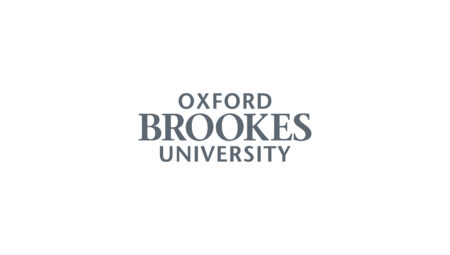
Art and design students team up with top sustainable fashion designers...
Oxford Brookes University students gained real life fashion industry experience by creating and building a set for two top British designers as part of London Fashion Week 2024.
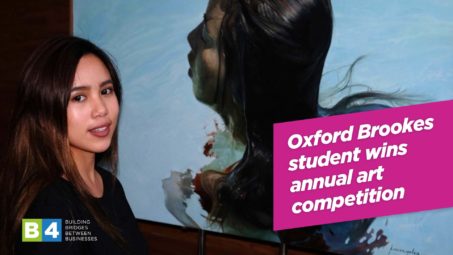
Oxford Brookes student wins annual art competition
An Oxford Brookes University Fine Art student has won a prestigious international art competition that will see her work feature on the cover of a world-leading Opera House’s tour programme.
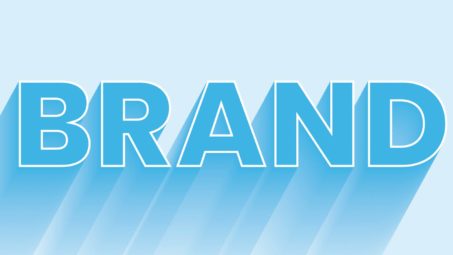
Why is branding so important?
It wasn’t very long ago, that branding was thought of as nothing more than the aesthetics of your company. The visual identity. A company’s name, logo, colours, and fonts all attributed to the brand’s visual identity, but let’s be clear… branding doesn’t stop there!
From this author
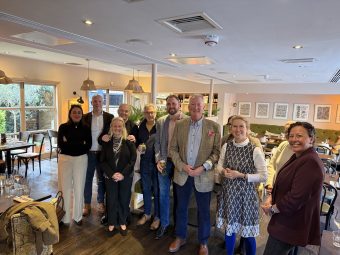
B4 Members enjoy the company of a living legend of the...
In December at Keble College, Peter Bennett-Jones, representing the Lord-Lieutenant as one of her Deputy Lieutenants, officially endorsed Raise’24. As an established television and film producer and agent, we were delighted to recently announce that Peter has agreed to become our Patron.
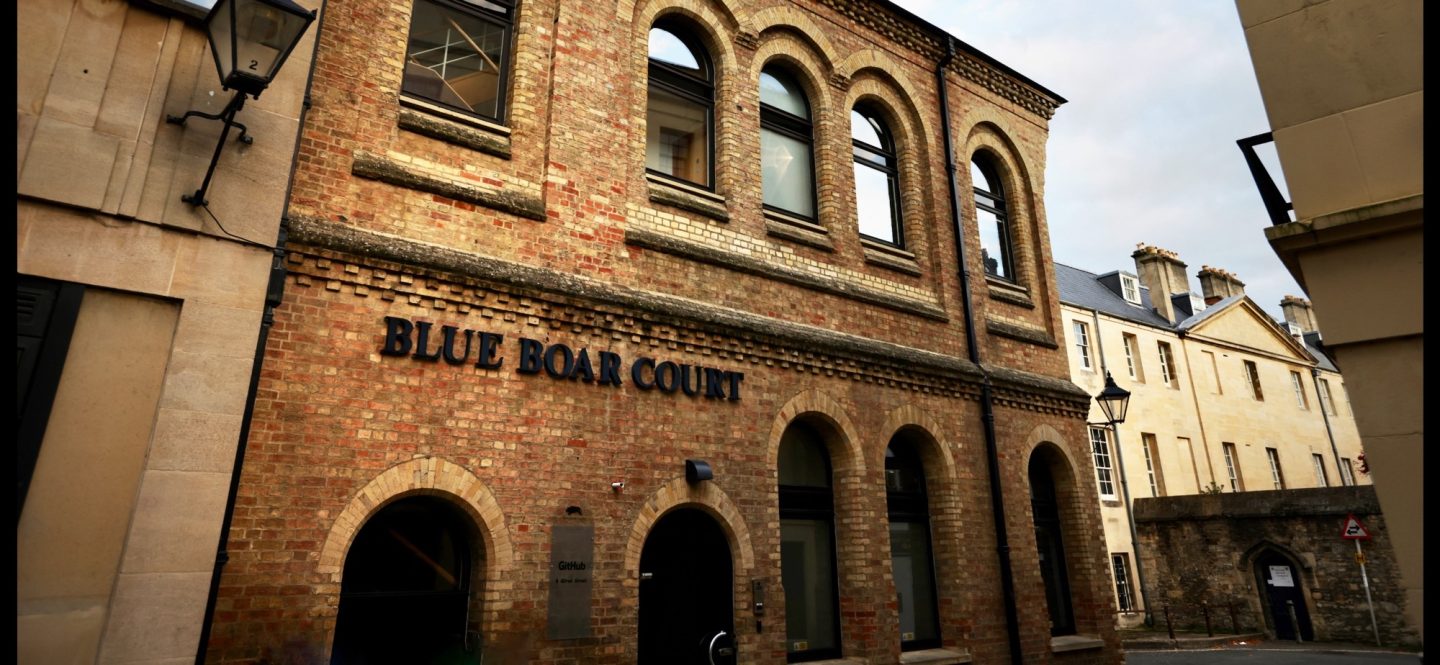
Seven companies relocating to The Oxford Trust’s new Oxford Centre for...
Seven science and tech start-ups and SMEs are to move from The Oxford Trust’s current Oxford Centre for Innovation to its new location at Blue Boar Court, Alfred Street, in Oxford’s city centre.
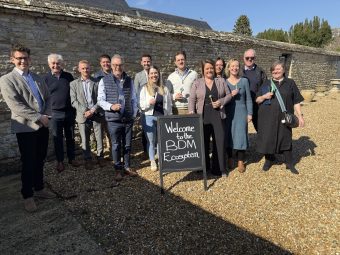
The Numbers Don’t Lie
B4 Ecosystems are an opportunity for B4 Members to share challenges, be inspired and learn from experts in their field. They began with our Business Development Ecosystem back in March 2023, which has been lead from day one by the always impressive Caroline O’Connor of Fourth Born. Caroline has been leading from the front as our other Ecosystems learn from her impressive example. Article by B4’s Richard Rosser
